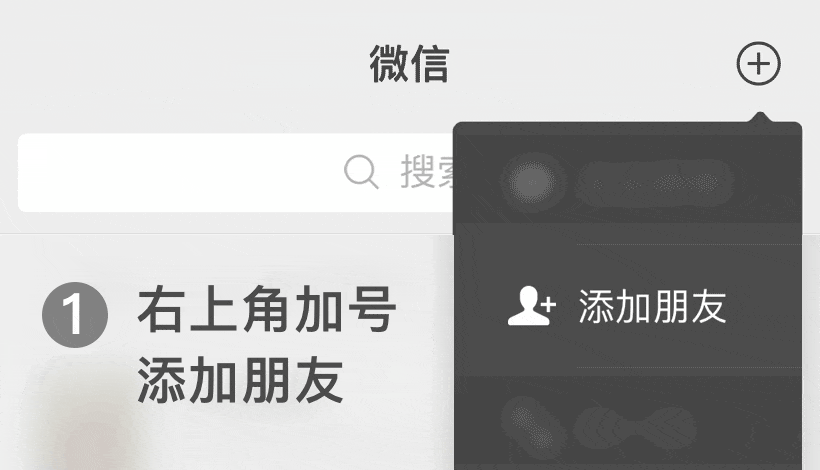Welcome to Suzhou Yiwang Weaving Co., Ltd.!
Overview of Mesh Printing Process
source:English website | Release time:2023年07月26日1. Direct printing, the simple way to print the designed pattern on the plain mesh fabric is to print the pattern on a pre-prepared white mesh fabric. The direct printing method usually uses paint, which is an inexpensive process.
2. Discharge printing, a piece of dyed mesh fabric is directly printed, the difference is that the background color in the printing area will be removed.
3. Anti-dye printing, the pre-prepared white mesh fabric is chemically or mechanically printed with anti-dyeing paste and then dyed. It is specifically divided into anti-white printing and color anti-printing.
4. Roller printing, which is a kind of gravure process. It inlays patterns on copper plates or light metal-coated rollers. Mesh fabrics are tied up and passed on the engraved rollers, squeezed through the rollers, absorbed, and infiltrated with dyes. To achieve printing effect, mesh fabric manufacturers
5. Flat screen and rotary screen printing. Nylon and polyester alternatives, the mesh size of the screen is selected according to the type and design of the mesh fabric to ensure the desired sharpness of the edges. Each color requires a different screen. After printing, the mesh fabric must be finished.
6. Thermal transfer printing, this printing method has become a particularly important processing method in the field of warp knitted mesh fabrics. In this method, the pattern is first printed on the paper, and then the dye is transferred from the transfer printing paper by heat and pressure. The advantage of transferring to the mesh fabric is that the knitting and printing method requires only a small amount of post-processing.
prev:
Introduce about the material of sandwich mesh clo…
next:
What Are The Characteristics of Sandwich Mesh Clo…
 CN
CN
 13915456816
13915456816

 WeChat ID:
WeChat ID:
 Scan QR to learn more
Scan QR to learn more
 添加微信
添加微信
 联系我们
联系我们
 电话咨询
电话咨询